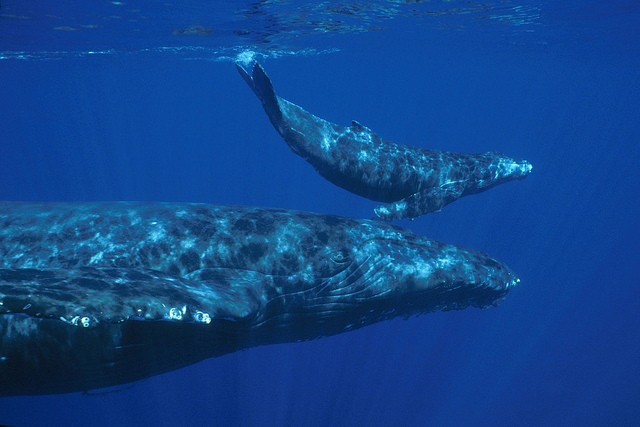Biologists express their worries as humpback whales have still not yet returned to Hawaii since December, as this season usually marks the return of the massive, majestic marine animals.
These giant whales are famous for returning to the islands during winter which already became a tourist attraction, and more importantly, a source of income for many tour operators. However, officials from Humpback Whale Marine Sanctuary reveal that they have been receiving disturbing reports that the whales have become more and more elusive.
According to marine biologist Ed Lyman who also works for the sanctuary, this is not considered as a problem but more of an interest where one theory predicts that this event can signify the whale populations increasing, which means that this slow return of the whales would mean breeding success.
Lyman adds that what he is observing right now is something expected from a month ago, only spotting just a few handful whales, noting how few whales were spotted this season.
According to former sanctuary co-manager, Jeff Walters, whale numbers are yet to be acquired since annual whale counts are conducted during the last Saturday of January, February and March. He adds that the whales do not show up in the same exact area at the same time every year.
This humpback whale migration involves roughly 10,000 of them making this winter journey starting from Alaska to the warmer waters in Hawaii where they travel in groups of three to four, to mate and give birth in larger pods.
The humpback season usually spans from November to May as whales swim along the archipelago in the Pacific, where the first whale season began last September 29 spotted by a vessel from the National Oceanic and Atmospheric Administration.
The whales are also classified as an endangered species where they are protected under federal law that prohibits getting near the creatures within 100 years from a boat. According to California-based Marine Mammal Center, less than 10 percent of the original humpback whale population remains.
Lyman explains that this whale absence could indicate that the pods are spending more time feeding around the northern waters due to El Niño or because populations just got bigger. If there are more calves, whales would compete with each other for food as they also need more energy reserves from migrating for more than 2,000 miles.



























